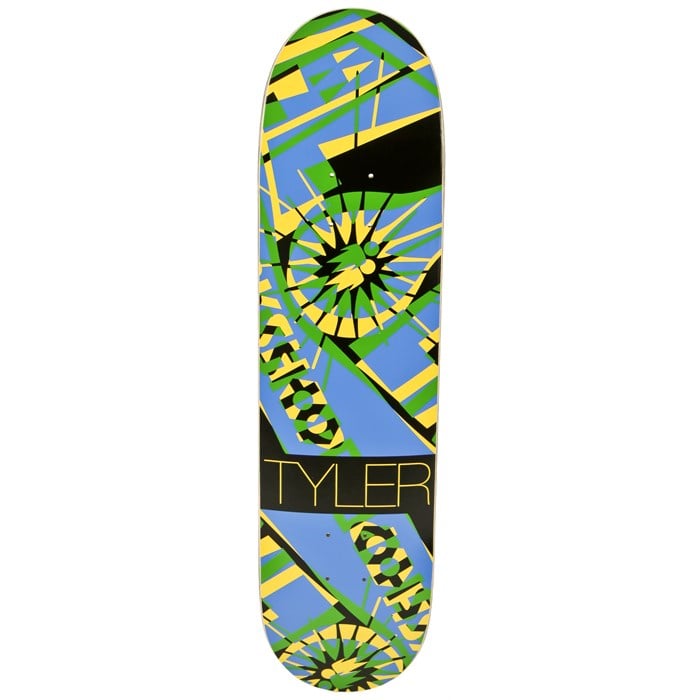
Univariate and bivariate statistical features are extracted from the four available image sources: the left view, the right view, the synthesized “cyclopean” spatial activity image, and the binocular product image. A simple product estimate is also calculated as the correlation between left and right disparity-corrected corresponding binocular pixels. Specifically, the left and right views of a stereopair are fused using a measure of “cyclopean” spatial activity. The resulting framework, dubbed the S3D INtegrated Quality (SINQ) Predictor, first fuses the left and right views of a stereopair into a single synthesized cyclopean image using a novel modification of an existing binocular perceptual model. We develop a new model for no-reference 3D stereopair quality assessment that considers the impact of binocular fusion, rivalry, suppression, and a reverse saliency effect on the perception of distortion. Network providers would embrace a full-reference (FR) 3D quality metric, as they could use it to ensure efficient QoE-based resource management during compression and Quality of Service (QoS) during transmission.

A no-reference (NR) objective 3D quality metric, which could help determine capturing parameters and improve playback perceptual quality, would be welcomed by camera and display manufactures. The potential of 3D technology to significantly improve the immersiveness of video content has been hampered by the difficulty of objectively assessing Quality of Experience (QoE). An alternative solution is objective quality metrics, which attempt to model the Human Visual System (HVS) in order to assess the perceptual quality. However, subjective evaluation is time consuming, expensive, and in most cases not even possible. The ultimate way to assess video quality is through subjective tests. We propose a neural network QoE prediction model for 3-D media, constructed from a combination of visual and network parameters.Ī key factor in designing 3D systems is to understand how different visual cues and distortions affect the perceptual quality of 3D video. After reporting on a study with multiple users we analyze the results and assess the overall QoE with respect to a range of visual quality and latency parameters.
#Anaglyph workshop for windows free
Further, we investigate user navigation issues that inhibit free viewpoint VR spectating of live 3-D media. In this paper, we investigate varying network conditions for a set of tele-immersive media sessions produced in a range of visual quality levels. The visual quality of 3-D media is affected by geometry and texture parameters while the temporal aspects of smooth movement and synchronization are affected by lag introduced by network transmission effects. However, this comes at the cost of increased network bandwidth and the need of limiting network effects in order to transmit a realistic, real-time representation of the participants.

#Anaglyph workshop for windows full
A key feature of engaging and realistic experiences in full 3-D media environments, is allowing users unrestricted viewpoints.

Our focus is on tele-immersive media that embed real users within virtual environments of interactive games. In the work described in this paper, we undertake one of the first studies into the quality of experience (QoE) of real-time 3-D media content streamed to virtual reality (VR) headsets for entertainment purposes, in the context of game spectating. The demand for more engaging forms of entertainment means that content distributors and broadcasters need to fine-tune their delivery mechanisms over the Internet as well as develop new models for quantifying and predicting user experience of these new forms of content. Recent advances in media capture and processing technologies have enabled new forms of true 3-D media content that increase the degree of user immersion.


 0 kommentar(er)
0 kommentar(er)
